The biomethane offers significant benefits for a sustainable mobilityincluding one emission reduction which can reach up to 100% compared to fossil fuels and even negative values.
The biomethane It is a renewable natural gas produced through the Biogas purificationa gas generated by anaerobic decomposition of organic materials such as agricultural waste, municipal organic waste or sewage sludge. After purification, biomethane can be used as a fuel for vehicles, for the production of electricity or for heating, just like traditional natural gas. Here are the main steps in its production:
- Biogas production: biogas is generated by the anaerobic fermentation of organic material in the absence of oxygen.
- Purification: Raw biogas contains CO₂, methane and other impurities. Through a purification process, the impurities are removed and a gas composed mainly of methane (over 95%) is obtained.
- Usage: biomethane can be fed into gas distribution networks or used as fuel for methane-powered vehicles.
Compared to fossil fuels, biomethane is considered more sustainable because it comes from renewable sources and contributes to the reduction of greenhouse gas emissions.
Biomethane can be used as a fuel for methane vehiclesis CNG (compressed natural gas) which LNG (liquefied natural gas), without requiring modifications to existing engines or infrastructure. This makes it suitable for private mobility, the freight transport and public transport, reducing transition costs and preserving employment in the sector.
In 2023, biomethane reached a substitution rate of 50-60% of fossil CNG/LNG, with the aim of completely replacing fossil natural gas within the next few years. In Italy, there are approximately 1,592 CNG filling stations (67 on the motorway), 167 LNG sales points and 94 with self service, with a fleet of vehicles 1.061 million natural gas (2%).
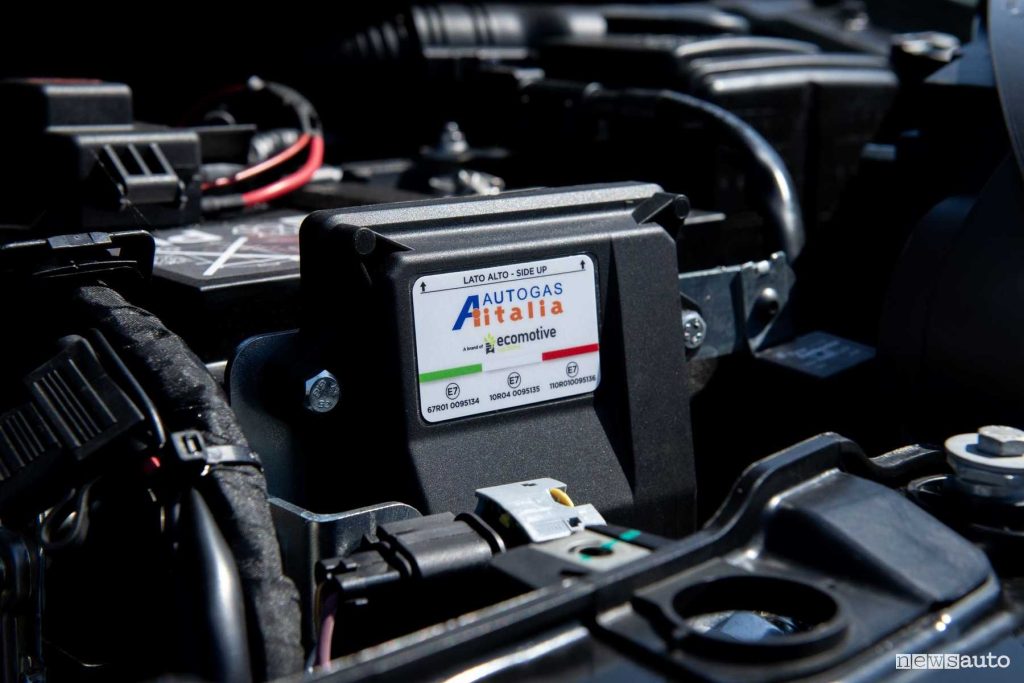
However, the increase in natural gas costs in 2022 slowed down the sectorwith a significant decrease in annual registrations of passenger cars and light commercial vehicles.
The study outlined a significant growth in the biomethane sector in Italy. In 2022, the production of biomethane for transport was 232 million cubic metersrepresenting 5% of the total EU production and 7% of the national production of natural gas. The number of plants has increased significantly, going from from 7 in 2017 to 114 in mid-2024with a further 210 plants awaiting connection to the gas network.
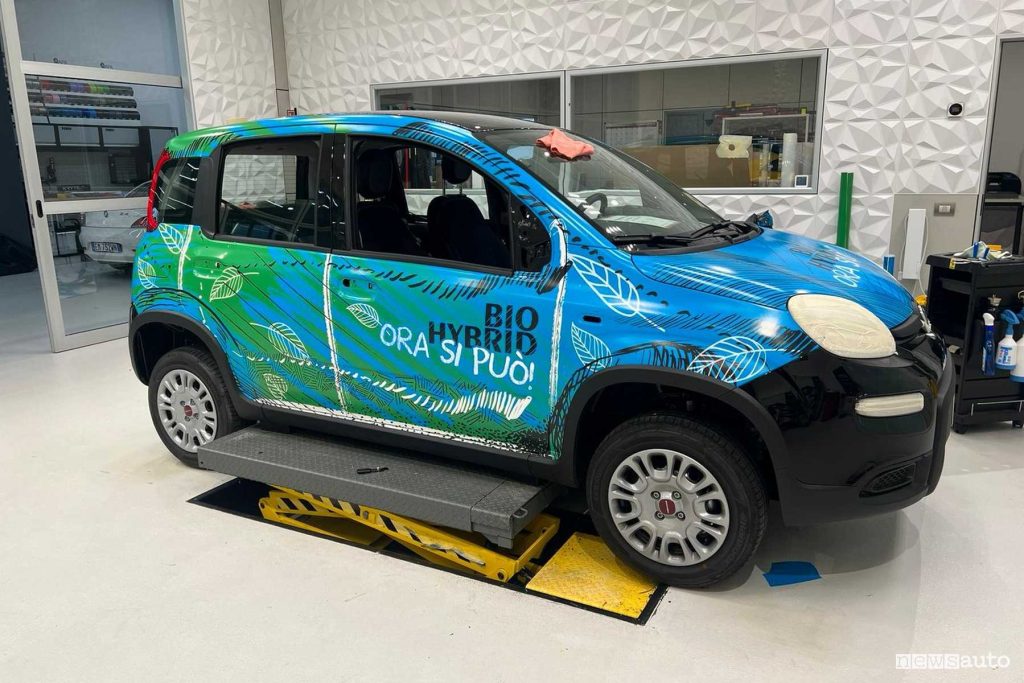
There FORSU (Organic Fraction of Municipal Solid Waste) contributed 72% to biomethane production in 2022, followed by agricultural and agri-food industry waste (13%), animal waste and sewage sludge (9%), and other organic waste (6%).
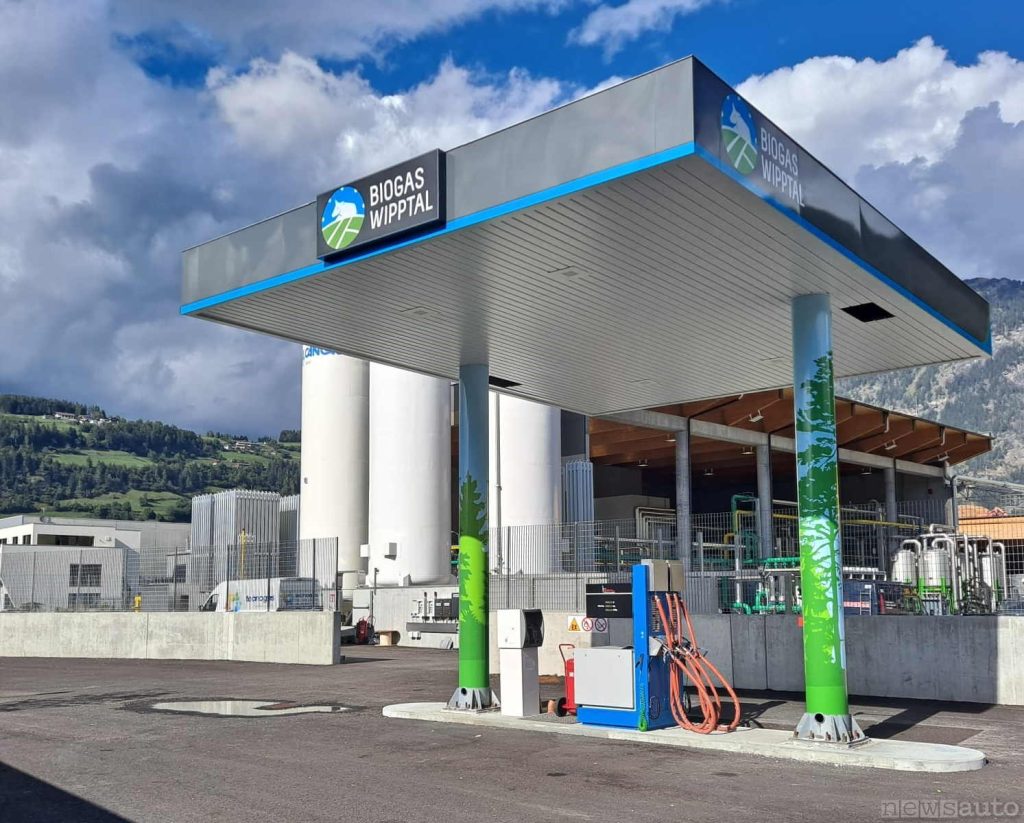
Biomethane is at the centre of European and national policies for the energy transitionwith production targets of tenfold by 2030. The resource is seen as crucial to guarantee mobility demand during the transition to low and zero-emission technologies. These points emerged from the study “The multiple values of biomethane for sustainable mobility” from the RIE (Industrial Energy Research)presented at the conference “Biomethane for sustainable mobility” in Rome on September 18, organized by Federmetano and supported by CEM Consortium and Ecomotive Solutions.
The study RIE (Industrial Energy Research) stresses that in order to fully exploit the potential of biomethane in Italy it is necessary to overcome the European regulatory barriersbetter plan facilities and infrastructure, improve biogas upgrading and create a balanced support framework.
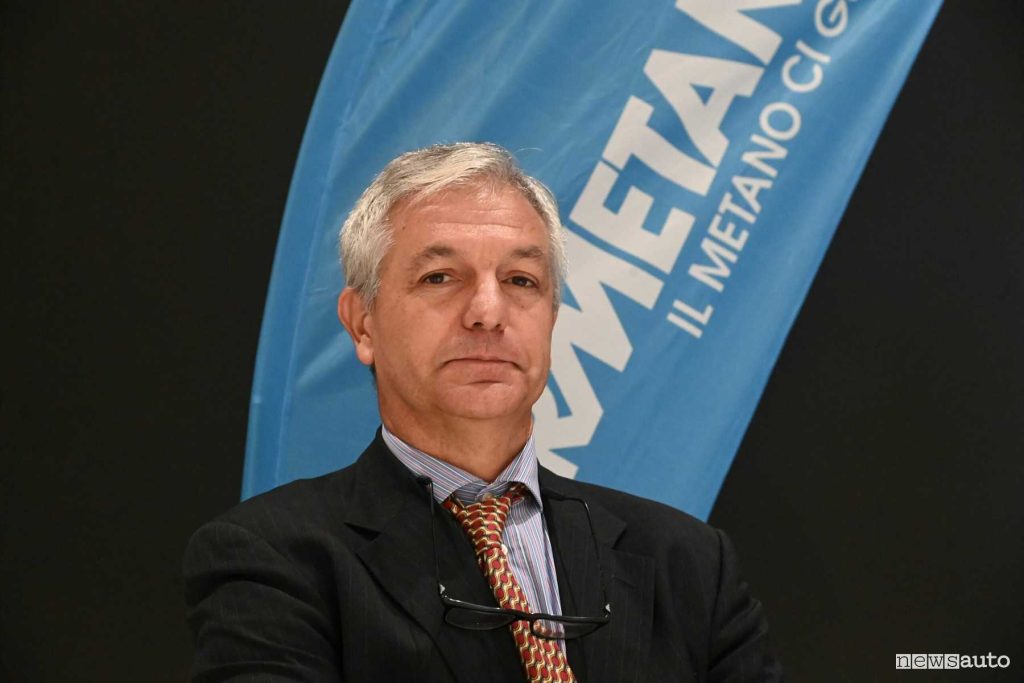
Biomethane can offer a immediate contribution to the energy transitionespecially in mobility, allowing the conversion of petrol, diesel or hybrid vehicles to biomethane with government incentives and using the existing distribution network.
Federmetano proposes measures to promote the use of biomethaneincluding the equating of biomethane vehicles to electric vehicles, access to the ZTLdiscounts on parking fees, exemption from car tax and incentives for vehicle conversion. The association also calls for the monitoring of European mechanisms that could penalise biomethane and supports the need to support the methane supply chain, which employs approximately 20,000 people.
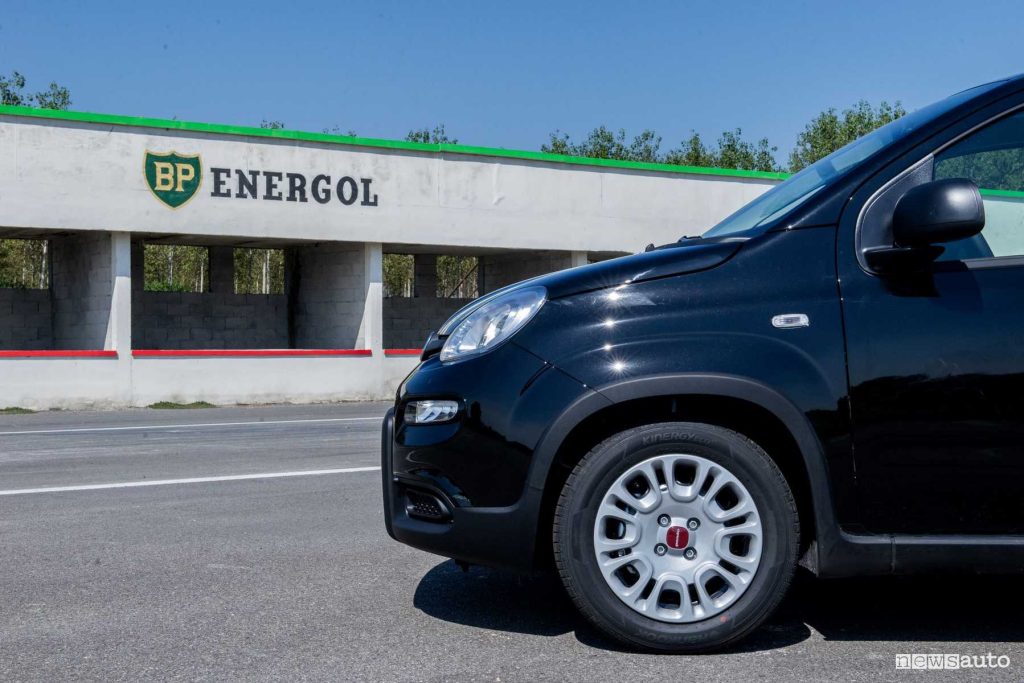
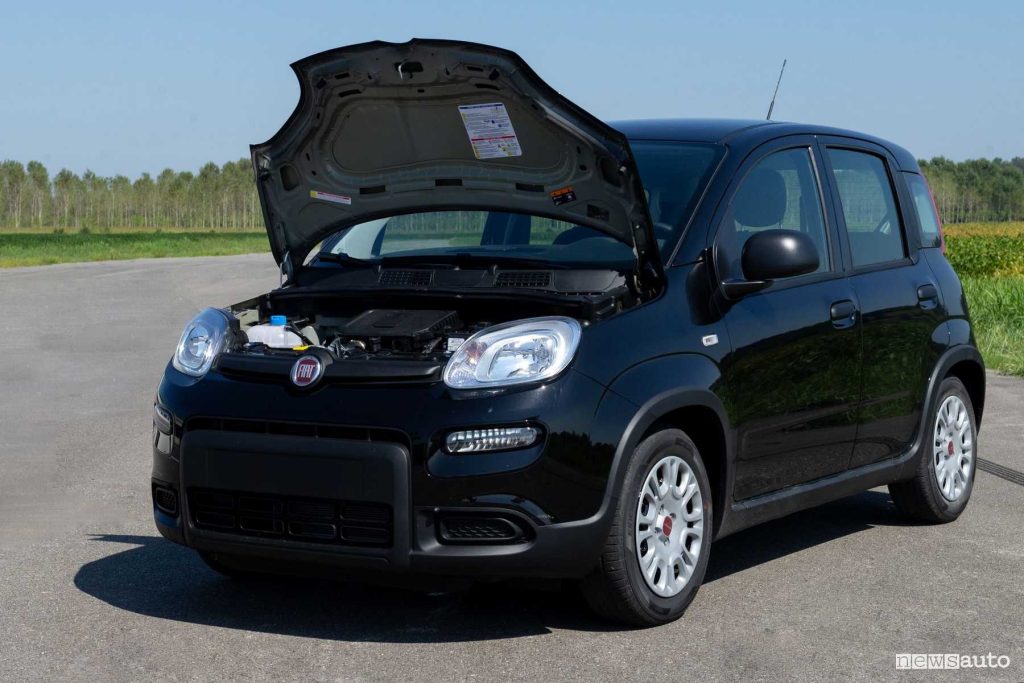
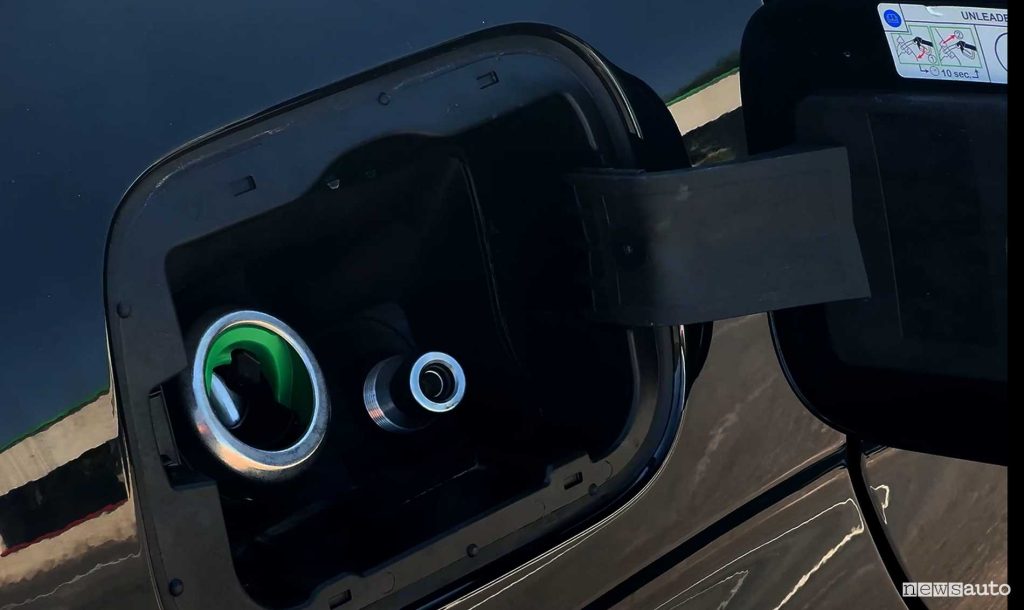
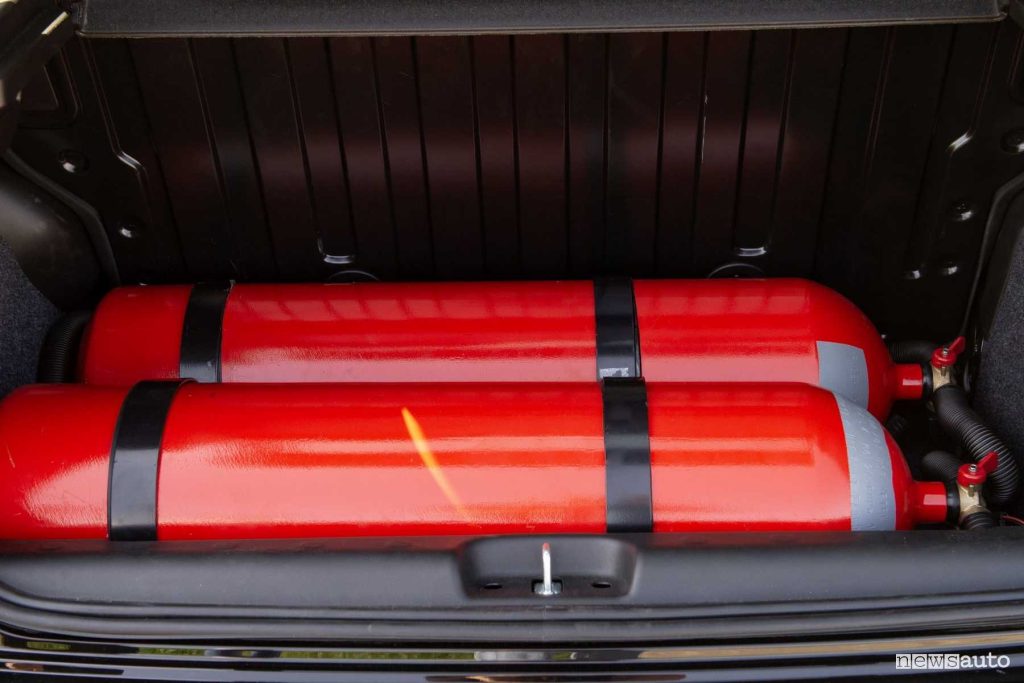




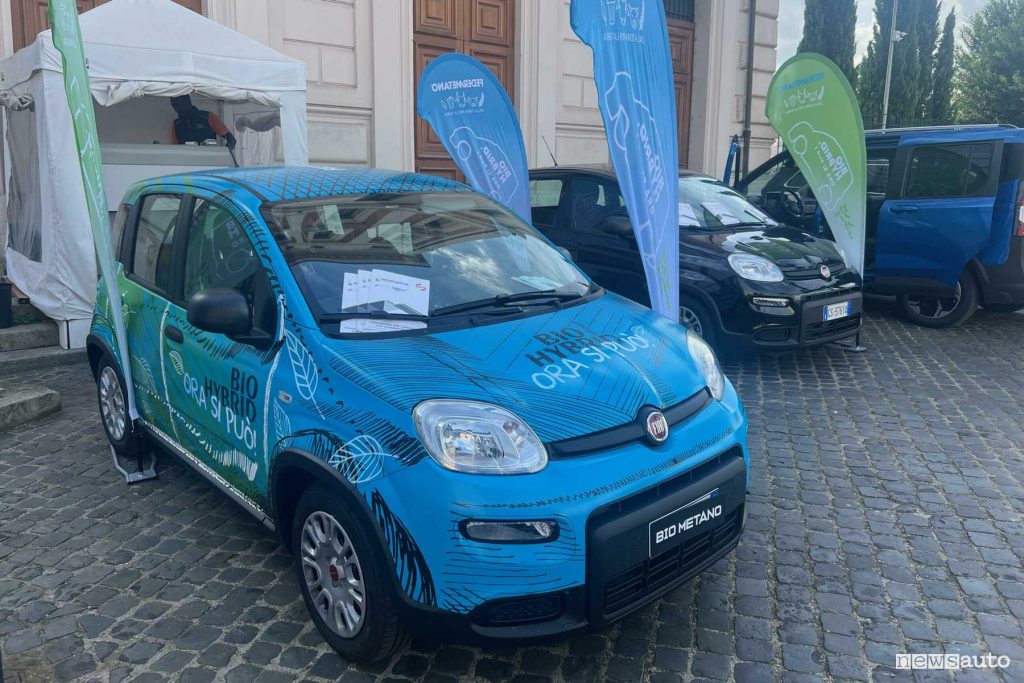
The proposals include theexcise duty elimination for bioGNC and bioGNL, tax credit for the purchase of bioGNC and LNG/bioGNL, Expansion of the distribution network and simplification of procedures for accessing incentives.
The conference organized by Federmetano, moderated by Max DeDonato and concluded by Dante Natalisaw the participation of experts and institutional representatives.
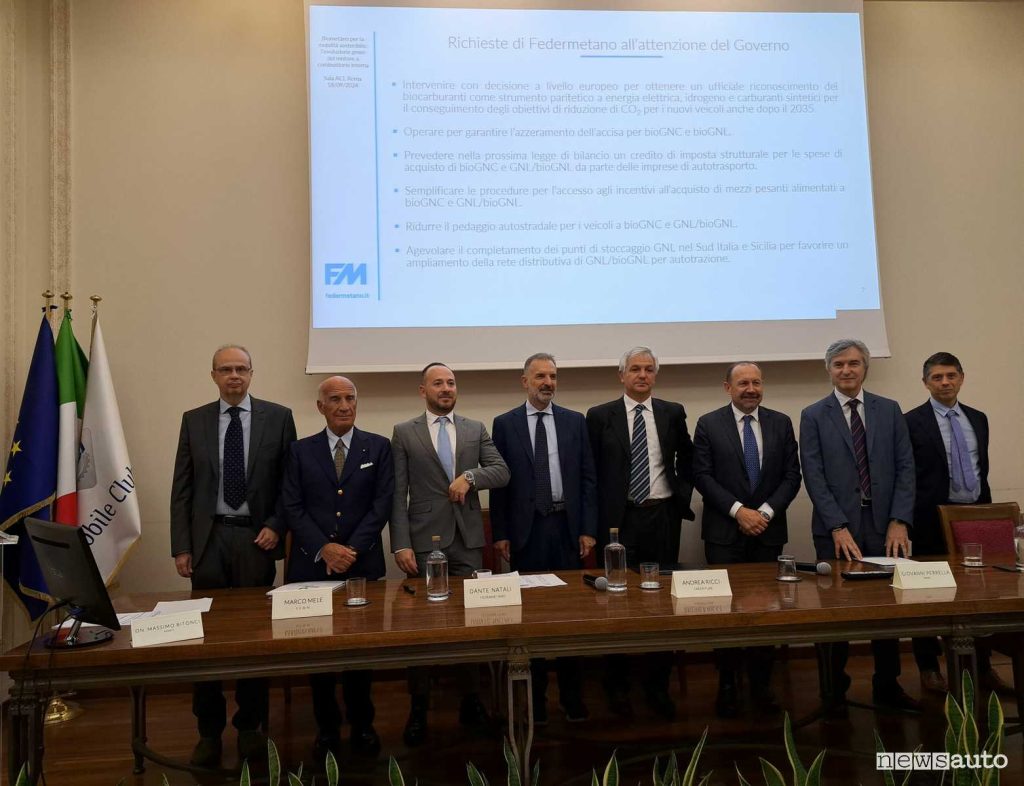
After the greetings of Angel Sticchi Damiani (ACI president), spoke John Perrella (Technical Advisory Committee on Biofuels), Paul Arrigoni (GSE), Andrea Ricci (Snam Greenture), Mark Apples (SFBM), and Gian Paolo Repetto (RIE), who illustrated the study. A video message from Gilberto Pichetto Fratin (Minister of the Environment) and the intervention of Max Bitonci (Undersecretary of the Ministry of Enterprise) completed the work, with the participation of the MEP Stephen Cavedagna.
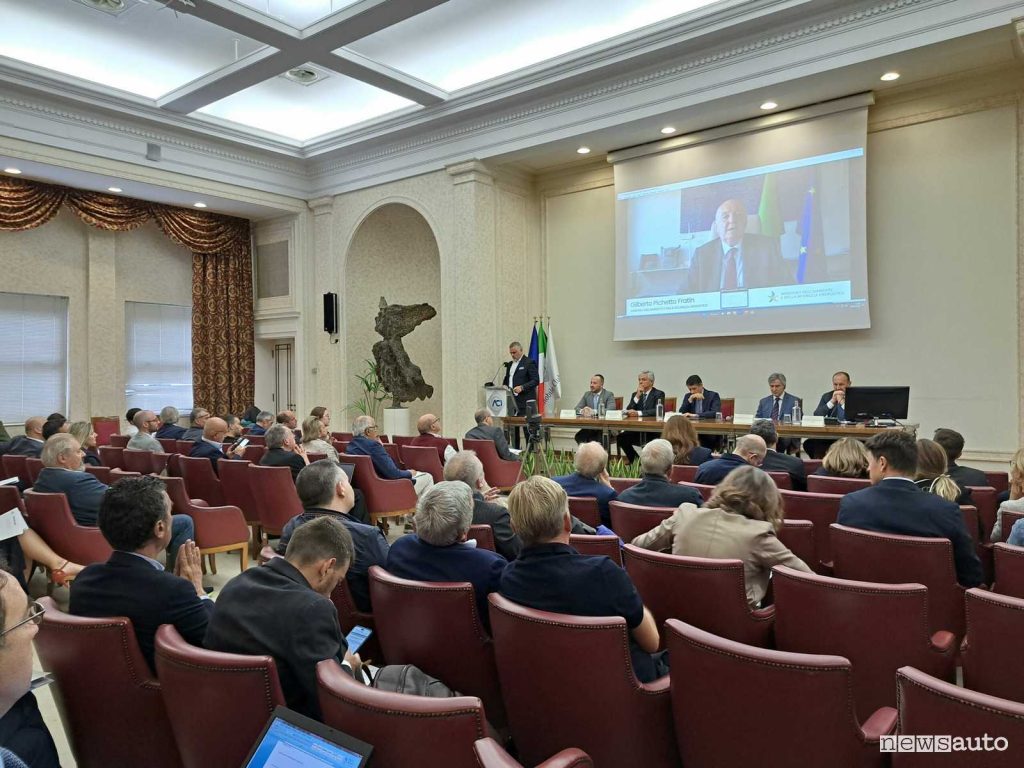
During the event two works were exhibited Fiat Panda Hybrid converted to biomethane, part of a fleet of 11 vehicles converted in collaboration with Ecomotive Solutionswhich will be used for efficiency and consumption tests on Italian roads.
Read also:
→ Fiat Panda hybrid converted to methane
→ Incentives for LPG and methane systems
→ How much you save with a LPG or methane system
→ Inspection of LPG and methane car cylinders
→ News and updates on methane-powered cars
→ What do you think? Take a look at the discussions on the FORUM!
#Biomethane #excellent #alternative #fuel #reduce #emissions